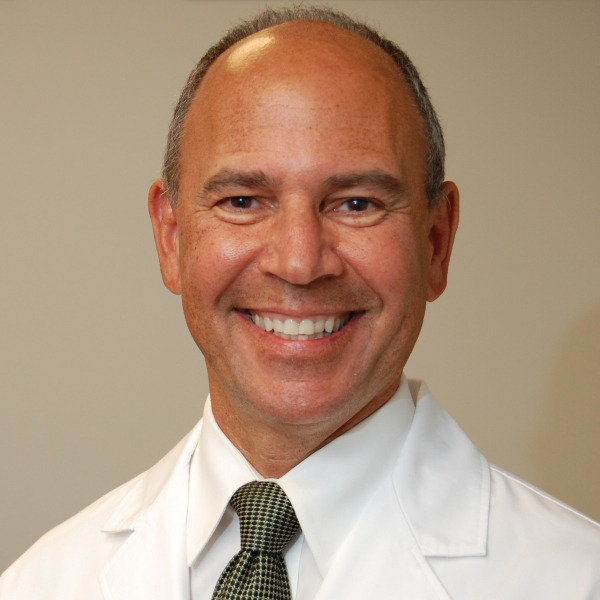
A positive outlook has been linked to better heart health and a longer life. But is that true for Black Americans, whose average lifespan is about 72 years, compared with an average lifespan of 77 years for all Americans?
Recent findings from the nation’s largest and longest-running study of cardiovascular risk factors in Black Americans, the Jackson Heart Study, suggest that the answer is a qualified yes. Cardiovascular diseases, which give rise to heart attack and stroke, are the leading cause of death and disability worldwide. Perhaps not surprisingly, the association between optimism and longevity in Black Americans appears to be strongest among people with higher education or income levels, and those ages 55 and younger. It also proved stronger among men than among women.
Is optimism the only key to longevity in this study?
Probably not. There’s another possible explanation for the findings, says Dr. Rishi Wadhera, a cardiologist at Harvard-affiliated Beth Israel Deaconess Medical Center (BIDMC).
“Instead of optimism leading to better health, it’s possible that healthier individuals are simply more optimistic, or less healthy individuals are less optimistic,” he says. This so-called reverse causality — when cause and effect are the opposite of what one assumes — is always a possibility in observational studies, even when scientists take pains to control for possible confounding factors such as health conditions and behaviors, as they did in this study.
“Nonetheless, these findings contribute to a body of evidence that suggests that psychosocial resources, mood, and mental health are all associated with health,” says Dr. Wadhera, who is section head of health policy and equity research at the Richard A. and Susan F. Smith Center for Outcomes Research in Cardiology at BIDMC.
Measuring optimism in the study
Led by researchers at the Harvard T.H. Chan School of Public Health, the study included 2,652 women and 1,444 men who were part of the Jackson Heart Study. Researchers measured optimism using the Life Orientation Test-Revised, which includes questions such as “In uncertain times, I usually expect the best.” Responses are scored on a scale of 0 (strongly disagree) to 4 (strongly agree). The researchers administered this test and others between 2000 and 2004, and tracked mortality among the study participants until 2018.
Optimism — the general belief that good things will happen — may be partly inherited, although genetic factors are thought to explain only about 20% to 30% of this trait. Some research suggests that people can enhance their feelings of optimism either through cognitive behavioral therapy or writing exercises that focus on imagining their “best possible future self.”
Looking forward
Still, optimism is but one of many intertwined social factors that influence how long people live. A better understanding of biological pathways that could potentially explain the outcomes observed in this study may help, says Dr. Wadhera.
“But to meaningfully address the alarming and ubiquitous health inequities that exist in our country, we need to tackle the unacceptable gaps in care and resources that exist between different racial and ethnic groups,” he adds. This includes disparities in health insurance coverage, access to health care, neighborhood factors such as access to green space and healthy foods, and environmental stressors such as pollution exposure. “Doing so may help people and communities from all backgrounds live happier and longer lives,” Dr. Wadhera says.
About the Author

Julie Corliss, Executive Editor, Harvard Heart Letter
Julie Corliss is the executive editor of the Harvard Heart Letter. Before working at Harvard, she was a medical writer and editor at HealthNews, a consumer newsletter affiliated with The New England Journal of Medicine. She … See Full Bio View all posts by Julie Corliss










